Driving with underinflated or flat tyres can be dangerous. The Service Tire Monitor System helps prevent these issues by keeping an eye on your tyre pressure. Let’s delve into what this system does, why it’s important, and how to fix common problems.
What is a Tire Pressure Monitoring System (TPMS)?
The Tire Pressure Monitoring System (TPMS) alerts you when your tyres are underinflated. This system has sensors that measure tyre pressure. If the pressure drops too low, the system will warn you with a light on your dashboard.
Types of TPMS
There are two main types of TPMS: direct and indirect.
Direct TPMS: Sensors inside each tyre measure the pressure directly. These sensors send the information to your car’s computer. If the pressure drops below a certain level, the warning light comes on. This type of system is very accurate.
Indirect TPMS: This system uses ABS speed sensors to track tyre rotation speed. If a tyre is underinflated, it will rotate at a different speed compared to the others, triggering the warning light. This system is less precise but more affordable.
How To Use Tire Pressure Guage ?
Why is TPMS Important?
Maintaining proper tyre pressure is crucial for several reasons:
- Safety: Underinflated tyres can lead to blowouts, which are dangerous. A blowout at high speeds can cause you to lose control of your vehicle, leading to accidents.
- Fuel Efficiency: Properly inflated tyres reduce rolling resistance, improving fuel economy. When tyres are underinflated, your car has to work harder to move, which uses more fuel.
- Tyre Longevity: Correct pressure prevents uneven wear, extending the life of your tyres. Uneven wear can lead to frequent tyre replacements, costing you more money.
- Vehicle Performance: Properly inflated tyres improve handling and braking. This means your car will respond better in emergency situations.
Common Causes of Low Tyre Pressure
Several factors can cause your tyre pressure to drop:
- Leaking Valve Stem: The valve stem can leak, causing the tyre to lose air. This is a common problem that can be easily fixed.
- Punctures: Sharp objects like nails can puncture your tyre. Even a small puncture can cause a slow leak over time.
- Temperature Changes: Cold weather can reduce tyre pressure. As temperatures drop, the air inside your tyres contracts, lowering the pressure.
- Damaged Tyres: Cracks or damage to the sidewall can lead to air loss. Inspect your tyres regularly for any signs of damage.
What Does the “Service Tire Monitor System” Warning Mean?
When the “Service Tire Monitor System” warning light appears, it means there is an issue with your TPMS. This could be due to a faulty sensor, a dead sensor battery, or a problem with the system itself.
Steps to Fix the Warning
If you see the warning light, follow these steps:
- Check Tyre Pressure: Use a gauge to check the pressure in all your tyres. Inflate them to the recommended level if needed. The recommended pressure is usually found in your vehicle’s manual or on a sticker inside the driver’s door.
- Inspect the Sensors: Look at the sensors for any visible damage. If you see cracks or other issues, the sensor may need replacing.
- Reset the TPMS: If the pressure is correct and the sensors look fine, try resetting the system. Here’s how to do it:
- Turn on the ignition without starting the engine.
- Press and hold the “SET” button until the tyre pressure display appears.
- Release the button and wait for the system to reset.
- Visit a Mechanic: If the light stays on after these steps, there may be a deeper issue. A mechanic can diagnose and fix the problem. They have the tools and expertise to address more complex issues with the TPMS.
How to Maintain Proper Tyre Pressure
Regular maintenance can help keep your tyre pressure in check:
- Check Monthly: Check your tyre pressure at least once a month. This simple step can prevent many issues.
- Before Long Trips: Always check the pressure before a long journey. Proper tyre pressure is essential for long-distance driving.
- During Weather Changes: Check more often during cold weather as pressure can drop with temperature.
Tips for Safe Driving
Proper tyre maintenance is key to safe driving. Here are some tips:
- Regular Inspections: Look for any visible damage or wear. Inspect your tyres for cuts, punctures, or cracks.
- Rotate Tyres: Rotate your tyres every 6,000 to 8,000 miles to ensure even wear. This helps extend the life of your tyres and improve performance.
- Align and Balance: Have your tyres aligned and balanced regularly to avoid uneven wear. Proper alignment and balance are crucial for smooth and safe driving.
Conclusion
The Service Tire Monitor System is vital for your safety and vehicle performance. By understanding how it works and how to maintain it, you can ensure a smooth and safe driving experience. Regular checks and timely repairs can prevent issues and keep you on the road with confidence.
Maintaining proper tyre pressure not only keeps you safe but also saves you money in the long run. Keep an eye on your TPMS and respond to warnings promptly for the best driving experience. Remember, a well-maintained TPMS will alert you to potential problems before they become serious issues.
With proper care and attention, your TPMS will help keep your tyres in top condition, ensuring safety and efficiency on every journey. This system is an essential part of modern vehicle safety, and understanding it can make a significant difference in your driving experience.
For more Tire Services Visit: Contact us Today!
Visit Zee’s New and Used Tires for Expert Assistance
If you need help with your Service Tire Monitor System, visit Zee’s New and Used Tires. Our experienced technicians can diagnose and fix any TPMS issues quickly and efficiently. We offer a wide range of services, including tyre inspections, rotations, and replacements. Don’t let a warning light ruin your day. Contact Zee’s New and Used Tires today, and drive with confidence knowing your tyres are in top condition.

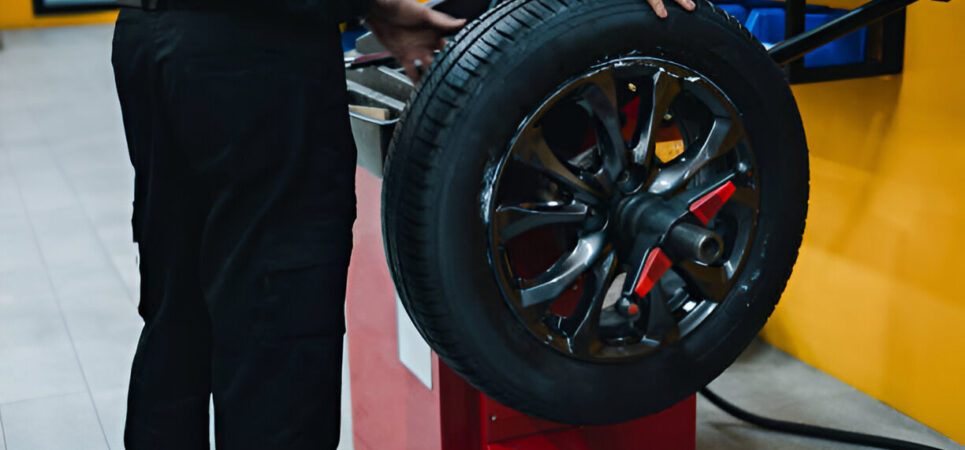
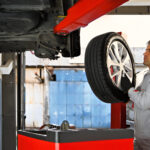

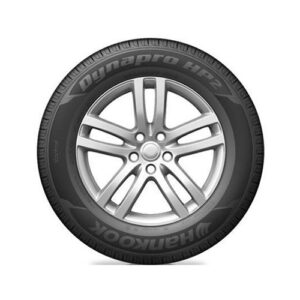
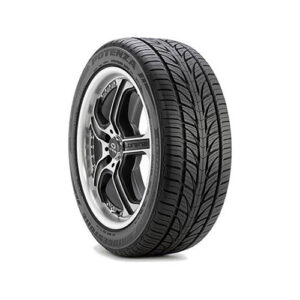

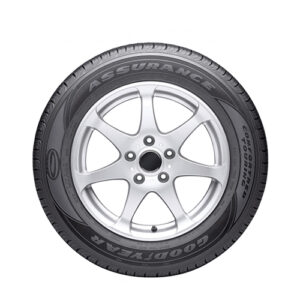
Leave a Reply